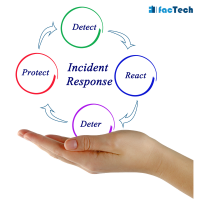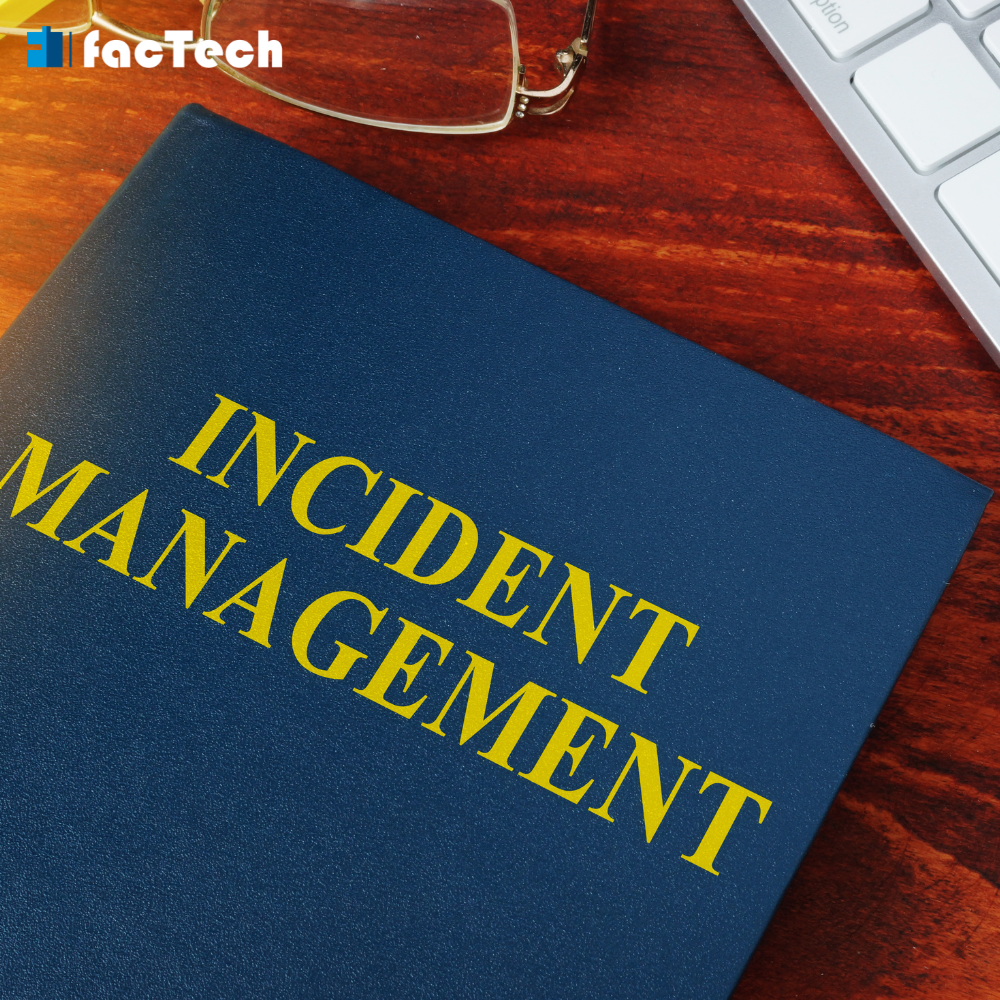Incident Management Best Practices 2023
What if we tell you that you can effectively dodge incidents like data breaches, equipment failure and other disruptions or recover smoothly? We both know how scary it can be from unprecedented revenue losses to damage to reputation. In this blog, we have encapsulated the top five best practices for incident management to help you enhance your operational resilience. But first, let’s get down to the brass tacks.
What is Incident Management?
Wikipedia defines incident management as identifying and correcting organizational hazards to prevent a future re-occurrence. Such incidents are dealt with by either an incident response team (IRT), an incident management team (IMT), or an Incident Command System (ICS). Our goal here is to minimize the impact of any unforeseen disruptions to business. Let’s elaborate on these key components further.

Incident Response Team (IRT): It consists of IT, communication and legal experts who work together to address the incidents. Their tasks involve defining the incident’s scope and its subsequent resolution.
Incident Management Team (IMT): This team goes beyond just the technical aspects of the incident and encompasses PR and other legal aspects as well. IMT’s scope is broader involving communication with key stakeholders.
Incident Command System (ICS): The ICS structure comprises of Incident Commander, Operations Section, Planning Section, Logistics Section, and Finance/Administration Section. In simpler words, it’s an organisational structure for overall incident management and resource allocation.
Top 5 Best Practices for Incident Management at Facilities
#1 Clearly Define Your Incident Response Plan

You can begin by meticulously identifying the potential incidents. This will include a range of scenarios like security breaches, data thefts, and fires among others. Once you do the classification, next comes the task assignment to team members to ensure a coordinated response. Your incident response plan should outline the step-by-step response procedures, safety guidelines, reporting channels etc. Communication must be the cornerstone of your plan. Consider conducting periodic drills to rehearse incident response execution.
Read more: Improving Equipment Reliability with a Preventive Maintenance Plan
#2 Set Your Incident Vocabulary Right
We talked about classifying the potential incidents above. But how to go about it exactly? Good question. The answer is to set in place an incident vocabulary. Ensure that your team understands and uses a common set of incident terms and protocols. This will minimize miscommunication during stressful events. This vocabulary will be different from one facility to another depending on the type of building and operations carried out. What else? Well, regular training helps reinforce the incident vocabulary, so you might consider doing that for an effective response.
#3 Create the Right Team with the Right People

Next is to have the right people on your team. A robust plan and related technology go in vain if you don’t have the required skillset and expertise. Response to different incidents will need different skills. You must ensure that the skill inventory of your facility is wide and tasks are assigned mindfully. It goes without saying that you’ll have to train your people to enhance efficiency. Team members must be tenacious with the ability to work well under pressure.
Know more: How to assign Work Orders/ Schedules to Team in Kaizen CAFM?
#4 Establish Reliable Communication Channels for Incident Management
We’ll reinstate the importance of effective communication yet again. You would want the information to flow quickly and without any distortions. Internally, set up the channels to communicate with the staff to ensure that everyone’s apprised of their roles. Externally, set up well-defined coordination systems with emergency services. These channels could be mobile apps, and centralized systems among others.
Read more: How to send alerts to security personnel in case of any emergencies like fire theft?
#5 Conduct Post-Incident Analysis and Improve Continuously
Never skimp on the post-mortem analysis as it unveils what happened and how can we prevent it in future. Review the entire incident painstakingly- collect and analyse the available data & documentation. How did we manage to respond to the incident? What worked and what didn’t? Try finding the answers to these questions. The root cause analysis might reveal technical glitches or mismanagement. Try working on these areas to keep any future mishaps aloof. Furthermore, make sure to document the analysis results to share knowledge and ensure transparency.
Read more: Facility Management Continous Improvement stories
Final Words
To sum up, implementing the aforementioned incident management best practices not only ensures speedy recovery but also prepares you for the future. Begin with defining your incident recovery plan and setting an incident vocabulary. Create the right team and train them. As discussed, never skimp on the post-incident analysis as you might not want to repeat the same mistake twice. So make your facilities resilient in the face of havoc and ensure occupant safety.
If you have any queries or suggestions, feel free to drop a comment. Until next time!











